Jeep Compass 4xe is a plug-hybrid for every occasion
Jeep’s Compass 4xe projects a stylised sense of rugged design for weekend off-roaders
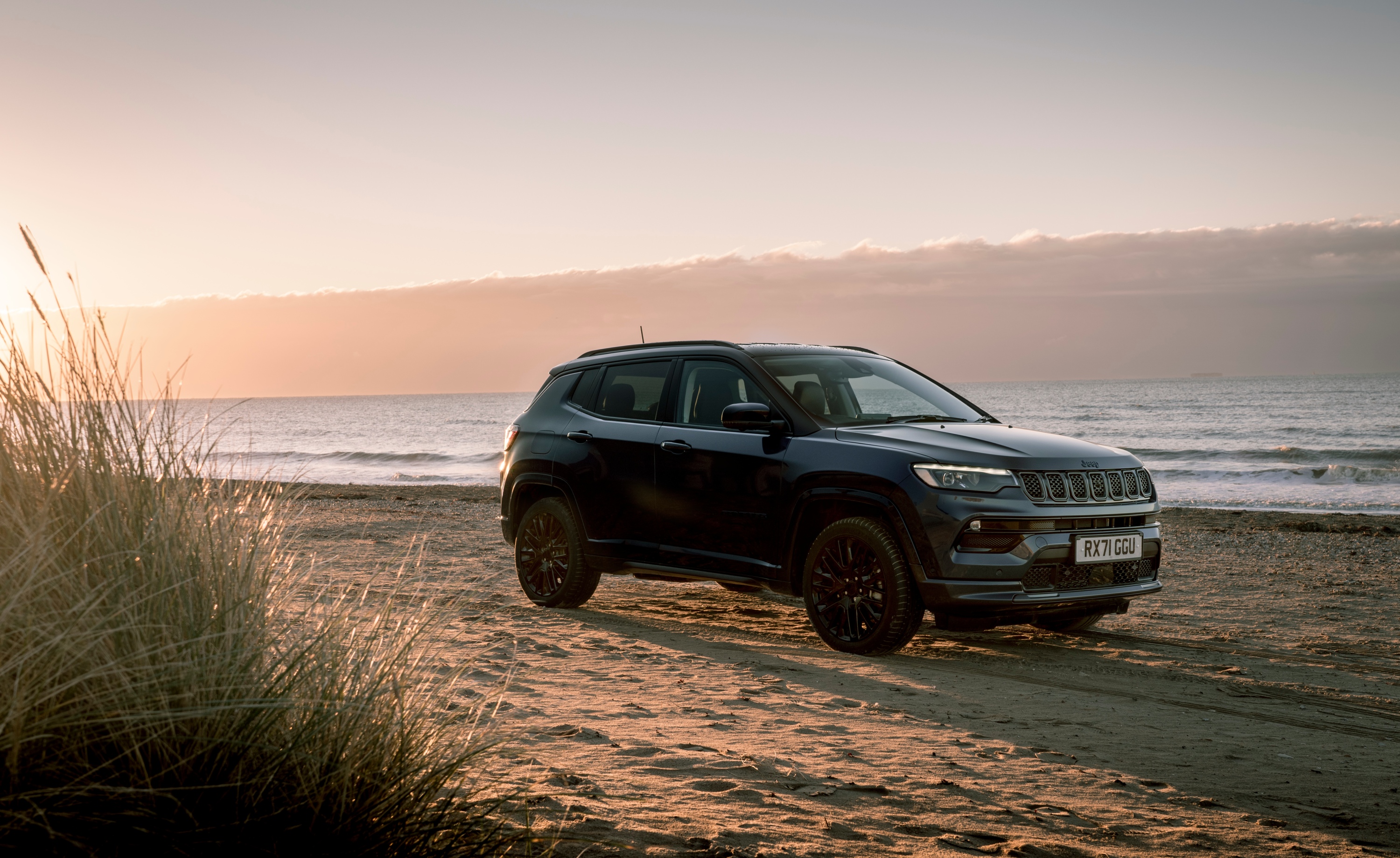
The Jeep brand is one of the auto industry’s survivors, a company with a true claim to a utilitarian origin. Yet although the first Jeep – the iconic Willys MB of 1941 – is considered one of the most influential pieces of military equipment ever made, the company is now better known for its consumer derivation, the Wrangler, a totemic fragment of conflict diffused into everyday pop culture.
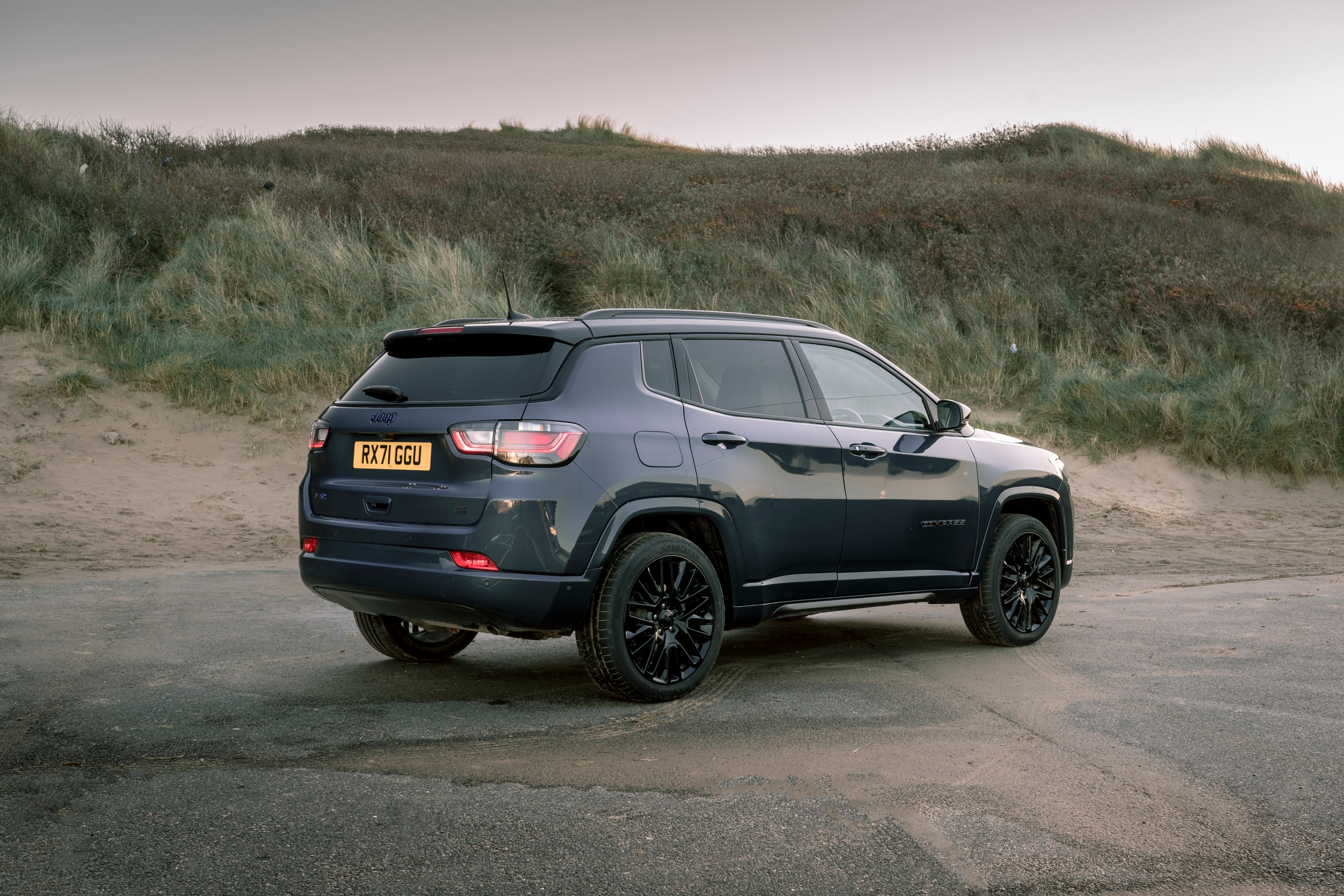
In fact, the company has a pretty good claim to the origin of the mass-market SUV, with the introduction of the Wagoneer model in 1962.
That was joined by the Cherokee in 1974, a nameplate that survives to the present day (not without controversy) in the form of the US-only Cherokee and the forthcoming Grand Cherokee.
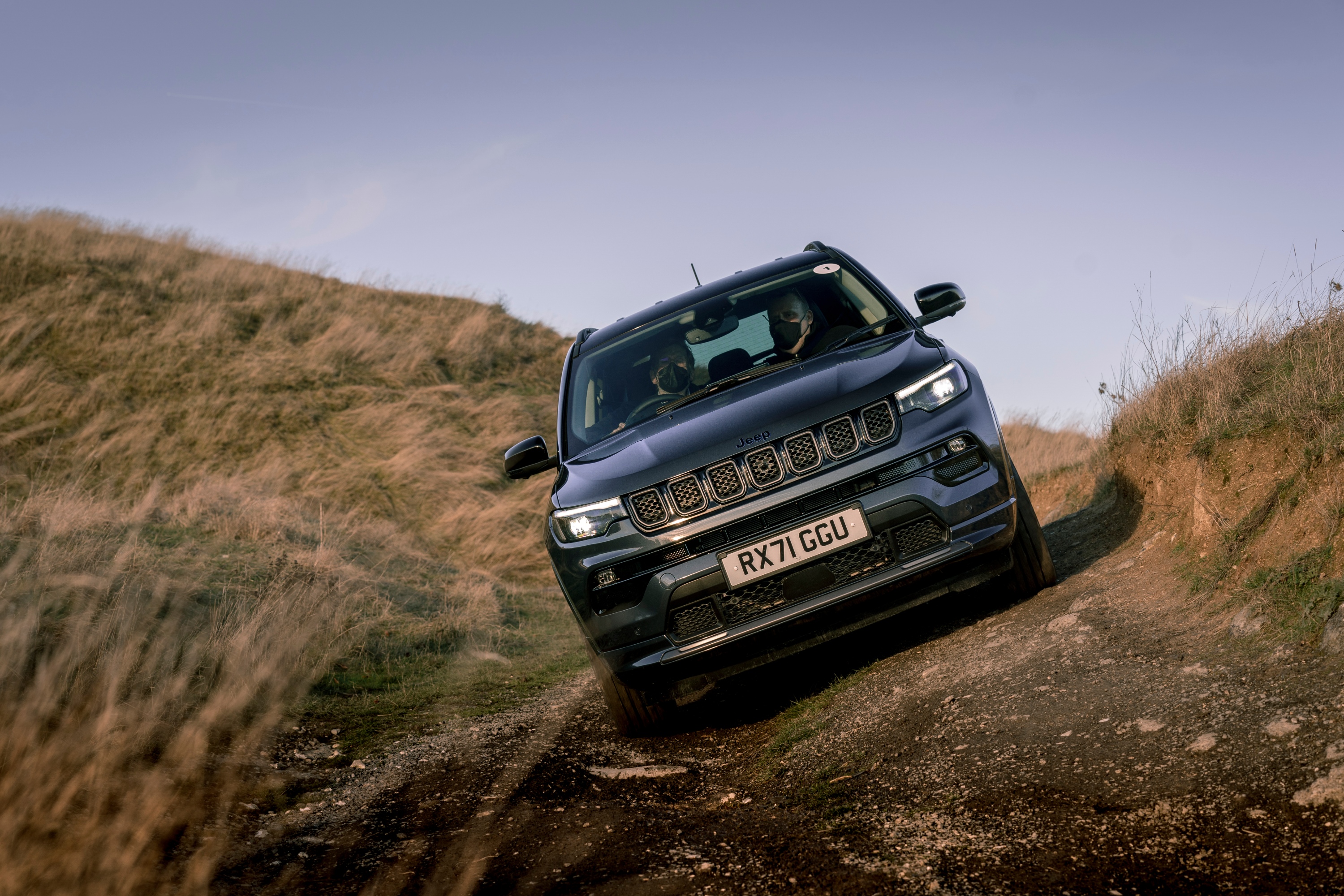
This is the Jeep Compass, the company’s ‘compact’ SUV and the car that says most about its current corporate status. Jeep is part of Stellantis, the behemoth auto multinational that is limbering up to be a major player in post-fossil fuelled combustion.
With 16 brands under its wings, including Alfa Romeo, Chrysler, Citroën, Dodge, DS, Fiat, Jeep, Lancia, Maserati, Opel, Peugeot, and Vauxhall, there’s barely a market or model that hasn’t been influenced in some way by cross-platform-engineering and component sharing.
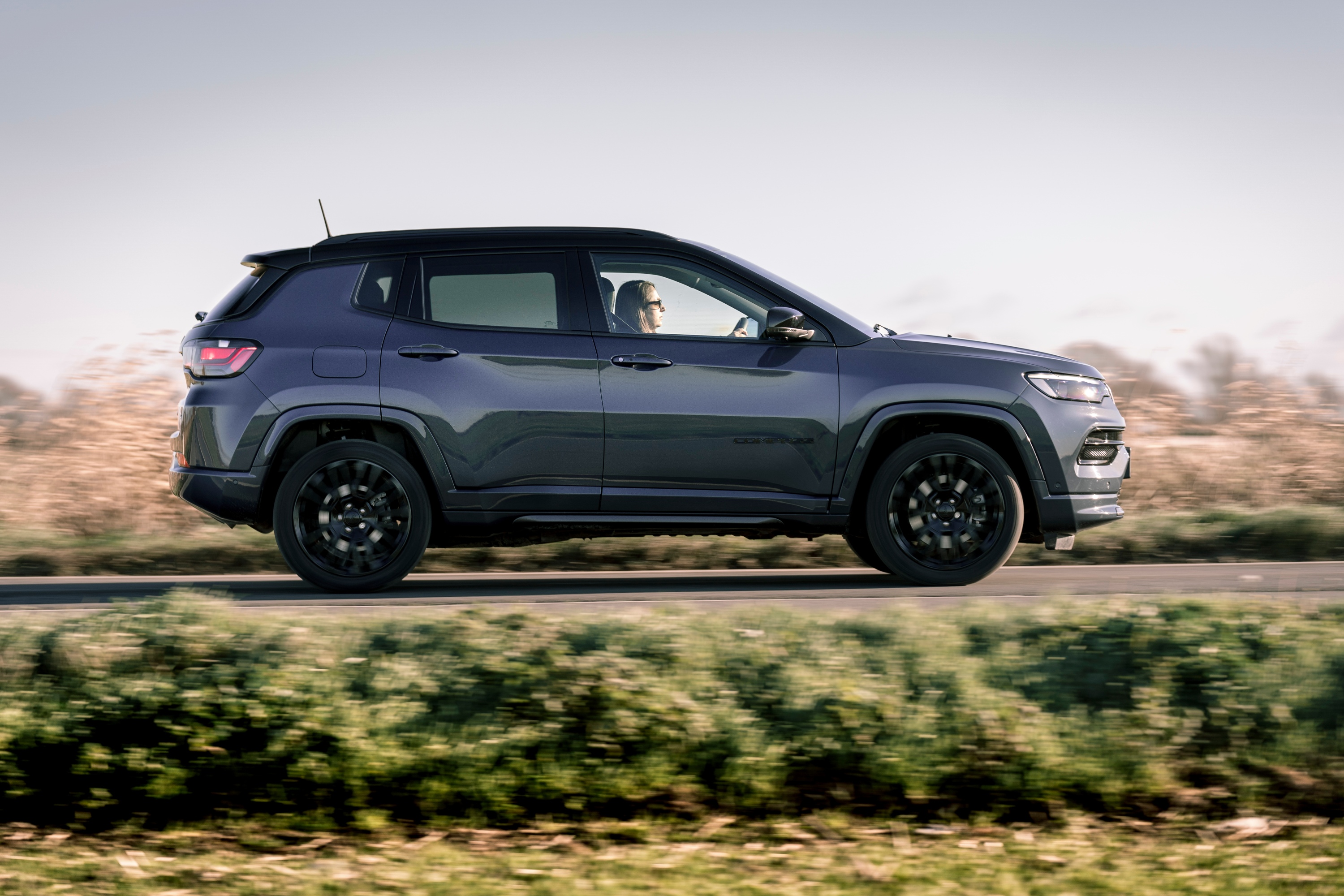
The Compass is a case in point. Underneath this mildly rugged exterior are parts shared with the forthcoming Alfa Romeo Tonale, a strong indication that regardless of your corporate history, every company is pretty much competing for the same market these days.
If you go back four decades to the introduction of the Cherokee and look at the equivalent Alfa – the peerless GTV, for example – and it’s impossible to envisage these two vast different companies ever diverging.
Wallpaper* Newsletter
Receive our daily digest of inspiration, escapism and design stories from around the world direct to your inbox.
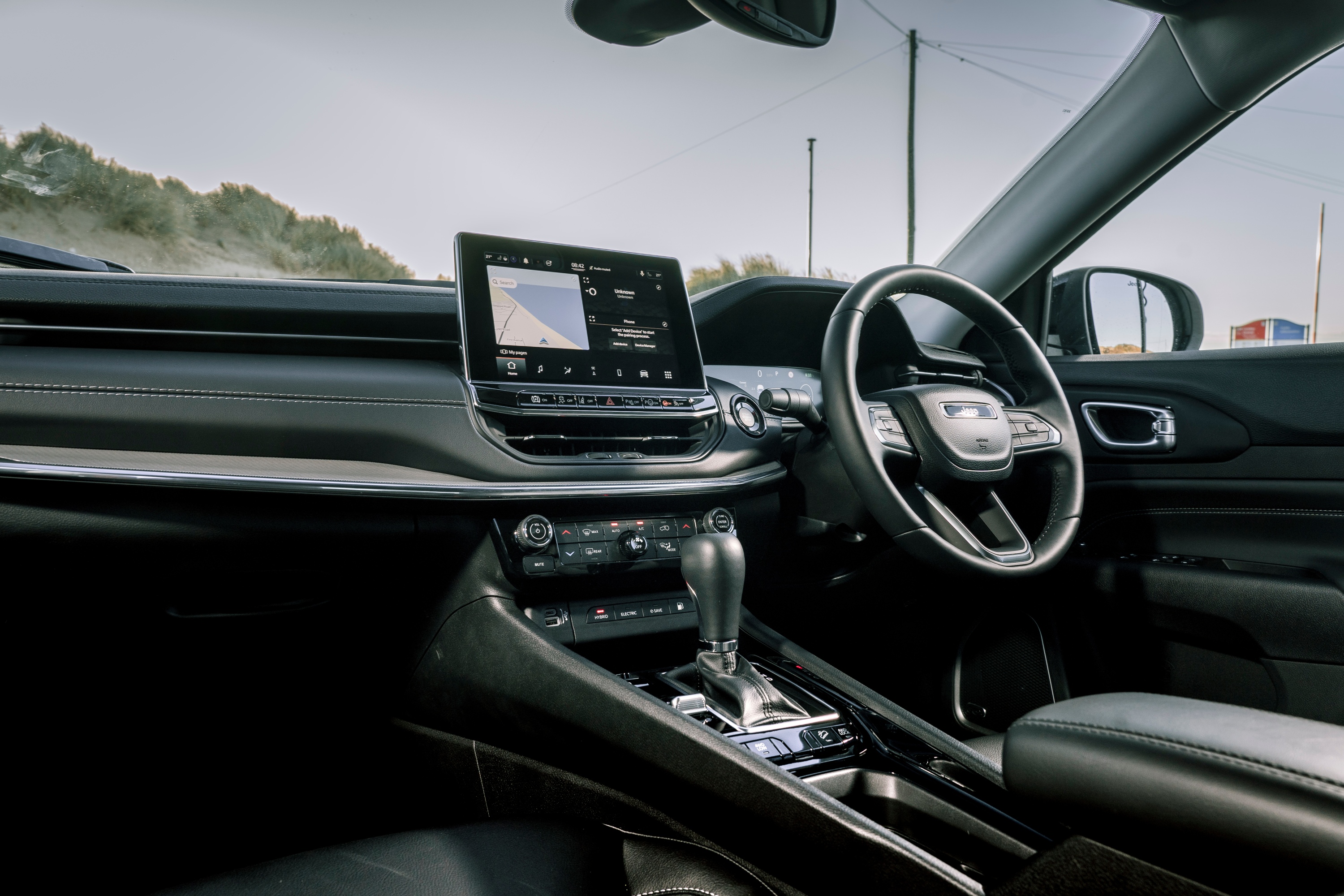
Just as modern Alfas have to ham up their Italian heritage, the Compass lays on some heavy American off-road schtick. Jeep’s seven-slot grille – a throwback to the original Willys – defines the front end, with a suitably raised ride height giving it a go-anywhere look.
That’s enhanced by Jeep’s ‘Selec-Terrain’ system, which gives you five driving modes, including rock, sand/mud and snow. There’s also a ‘Sport’ option, and although the acceleration is sprightly (thanks in the part to the boost from the batteries), don’t expect it to steer like a sports car.
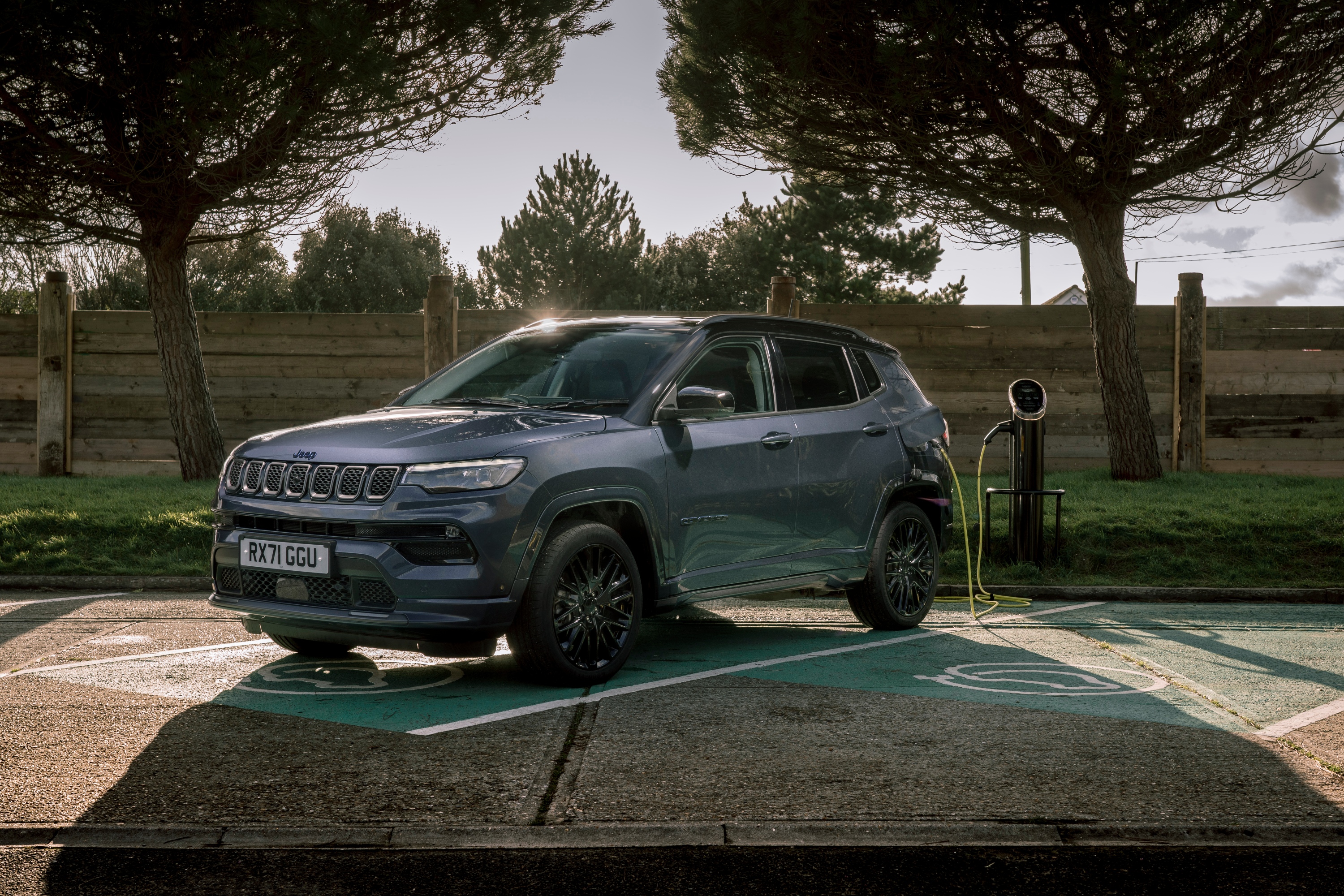
The plug-in hybrid system – which Jeep calls 4xe – is being rolled out across all its models.
It has the welcome addition of an ‘E-Save’ function, which uses the engine to maintain the battery charge for later use, as well as the standard hybrid and all-electric modes.
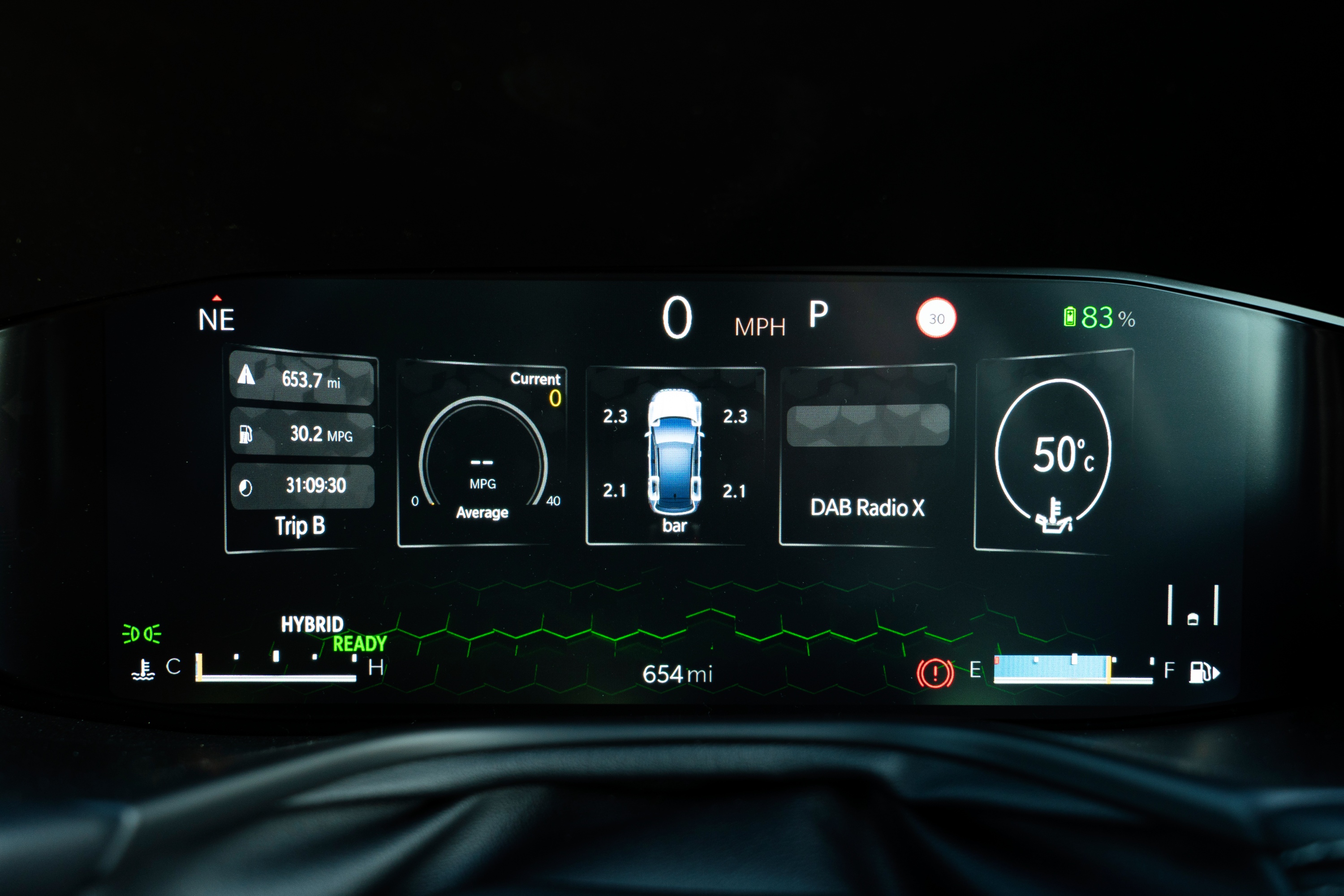
By 2025, the company should have four all-electric cars on sale in North America, with the rest of the world following soon after, starting with the new Jeep Recon and Wagoneer S models. In the US, the Wrangler 4xe is the country’s best-selling plug-in hybrid, and Jeep is hoping to cement the association between four-wheel-drive and electrification, with the message ‘4xe is the New 4x4’. Big, burly SUVs and pick-ups – whether electrified or not – are all very well for the American mythos but play less well to European customers. That’s why smaller cars like the Compass and Renegade are so important to the brand.
Sustainability and efficiency are leading many carmakers to rediscover the values of utility design. Functionalism can be about fun, not just frugality. Stellantis has the heft to encourage innovation – look at the work currently done by Citroën, for example. The Jeep of tomorrow could go a whole lot further.
INFORMATION
Jeep Compass 4xe Plug-in Hybrid Trailhawk, from £41,495
Jonathan Bell has written for Wallpaper* magazine since 1999, covering everything from architecture and transport design to books, tech and graphic design. He is now the magazine’s Transport and Technology Editor. Jonathan has written and edited 15 books, including Concept Car Design, 21st Century House, and The New Modern House. He is also the host of Wallpaper’s first podcast.
-
 A Xingfa cement factory’s reimagining breathes new life into an abandoned industrial site
A Xingfa cement factory’s reimagining breathes new life into an abandoned industrial siteWe tour the Xingfa cement factory in China, where a redesign by landscape specialist SWA Group completely transforms an old industrial site into a lush park
By Daven Wu
-
 Put these emerging artists on your radar
Put these emerging artists on your radarThis crop of six new talents is poised to shake up the art world. Get to know them now
By Tianna Williams
-
 Dining at Pyrá feels like a Mediterranean kiss on both cheeks
Dining at Pyrá feels like a Mediterranean kiss on both cheeksDesigned by House of Dré, this Lonsdale Road addition dishes up an enticing fusion of Greek and Spanish cooking
By Sofia de la Cruz